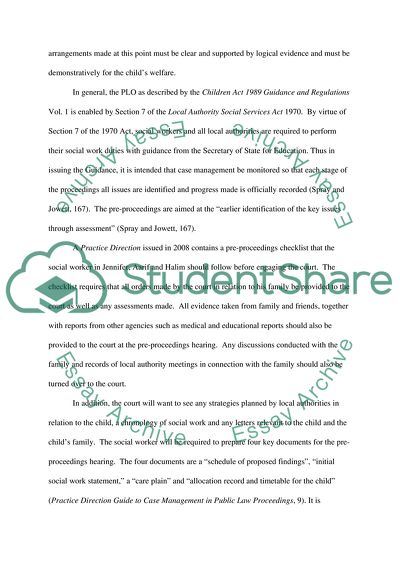Cite this document
(“Social Work with Children and Families Essay Example | Topics and Well Written Essays - 3000 words”, n.d.)
Social Work with Children and Families Essay Example | Topics and Well Written Essays - 3000 words. Retrieved from https://studentshare.org/social-science/1625196-part-ii-case-study-read-the-case-study-and-respond-to-the-3-questions-that-follow
Social Work with Children and Families Essay Example | Topics and Well Written Essays - 3000 words. Retrieved from https://studentshare.org/social-science/1625196-part-ii-case-study-read-the-case-study-and-respond-to-the-3-questions-that-follow
(Social Work With Children and Families Essay Example | Topics and Well Written Essays - 3000 Words)
Social Work With Children and Families Essay Example | Topics and Well Written Essays - 3000 Words. https://studentshare.org/social-science/1625196-part-ii-case-study-read-the-case-study-and-respond-to-the-3-questions-that-follow.
Social Work With Children and Families Essay Example | Topics and Well Written Essays - 3000 Words. https://studentshare.org/social-science/1625196-part-ii-case-study-read-the-case-study-and-respond-to-the-3-questions-that-follow.
“Social Work With Children and Families Essay Example | Topics and Well Written Essays - 3000 Words”, n.d. https://studentshare.org/social-science/1625196-part-ii-case-study-read-the-case-study-and-respond-to-the-3-questions-that-follow.


